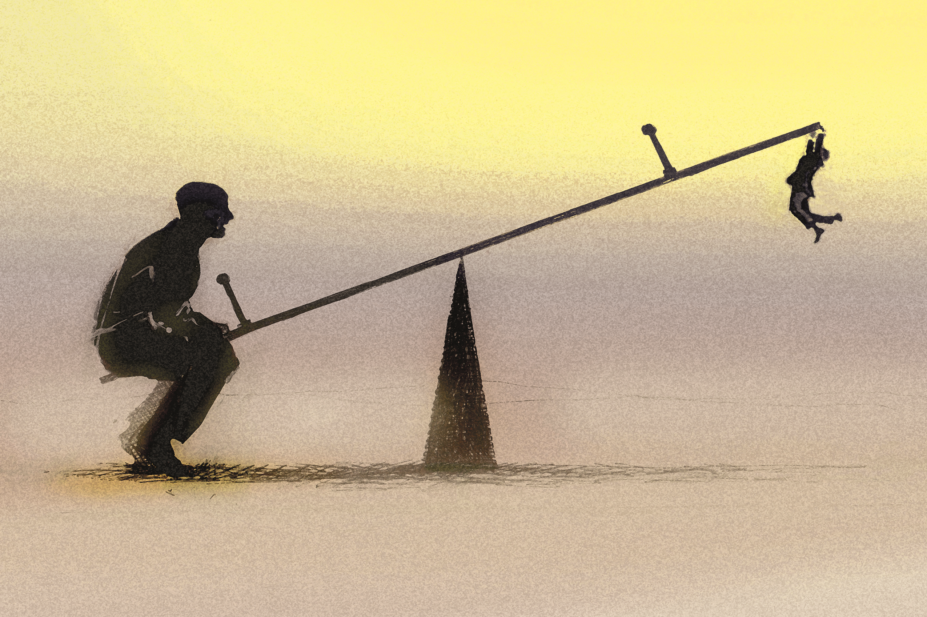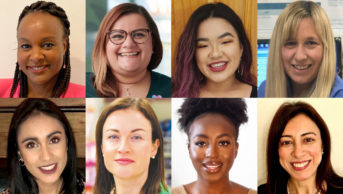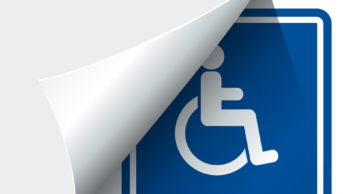
Shutterstock / JL
The differences in pay by gender have become a national talking point, after the BBC and other large employers were forced to be more transparent about what they were paying their male and female employees.
Pharmacy has not escaped that scrutiny, with pharmacy employers and organisations facing pressure to publish their gender pay gap figures. Now The Pharmaceutical Journal can reveal the results of its major survey into pharmacy pay, which shows a statistically significant median pay gap of 6% in favour of men. This is in line with the pay gaps reported by other large pharmacy employers and it is below the national average, but it is still very concerning.
There is no doubt that more needs to be done to tackle this issue. Pharmacy organisations have woken up and there seems to be consensus that “something must be done”, but more transparency is needed. Some organisations have already published their gender pay gap data and others — including our own, the Royal Pharmaceutical Society — are planning to publish this in 2019. This is welcome and will enable a greater understanding of the problem.
But among our survey data lurks an even more disturbing statistic. When these data were divided into white and non-white groups, the pay differential is even larger. Black, Asian and minority ethnic (BAME) pharmacists are paid on average 16% less than their white counterparts, a staggering figure, which is also significant after applying statistical testing. This equates to an estimated median pay gap of nearly £8,000 a year, pointing to a great unfairness within the pharmacy profession.
Indeed, it suggests an even bigger problem than other professions — for instance, the Department of Health and Social Care is carrying out a review of the remuneration of doctors after a 5% median ethnicity pay gap was uncovered. The pay gap calculated by our biostatistician is three times that.
Of course, it is important in situations such as these to establish the facts rather than reach rash conclusions; this survey does not cover all pharmacists, contains a slightly younger population of BAME pharmacists and there may be explanations other than discrimination for some of the differentials in pay between white and BAME pharmacists. Yet, serious questions have to be asked. What are the justifications for paying BAME pharmacists less? How can this happen in such a diverse profession, with BAME pharmacists making up more than 40% of those registered with the General Pharmaceutical Council? Should pharmacy employers be compelled to publish ethnicity pay gap figures too?
The lived experience of BAME pharmacists needs to be listened to and acted on –
The Pharmaceutical Journal’s opinion piece shows how difficult it can be to be a non-white pharmacist in today’s NHS. Perhaps, as the author argues powerfully, the representation of BAME pharmacists needs to be improved.
We will be continuing this conversation and challenging pharmacy leaders to say what they will do to look at this problem. On 12 December 2018 from 20:00 we intend to hold a Twitter chat to talk through the issues raised by this research in detail — please do join us using the hashtag #PJmindthegap and email us at editor@pharmaceutical-journal.com if you have been affected by any of the issues outlined above.
Inequality thrives in the darkness, but we will continue to shine a light on this topic.
Racial discrimination is unlawful under the Equality Act 2010. If you have experienced racism at work, find out your employer’s policy on equality and discrimination, and seek guidance from Citizens Advice at: www.citizensadvice.org.uk and Acas (the Advisory, Conciliation and Arbitration Service) at: www.acas.org.uk


